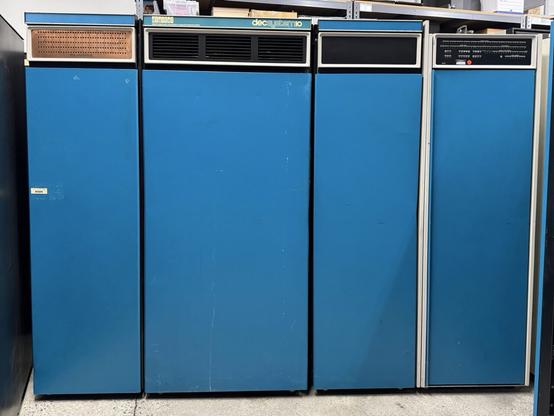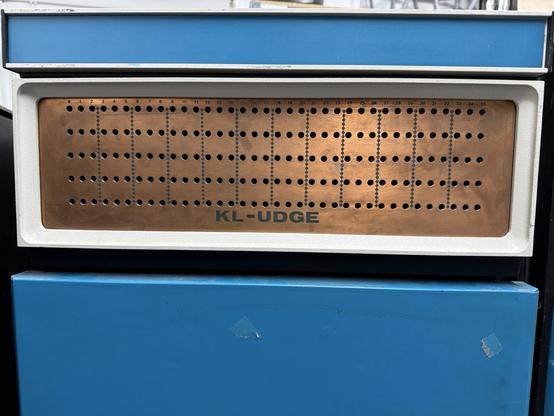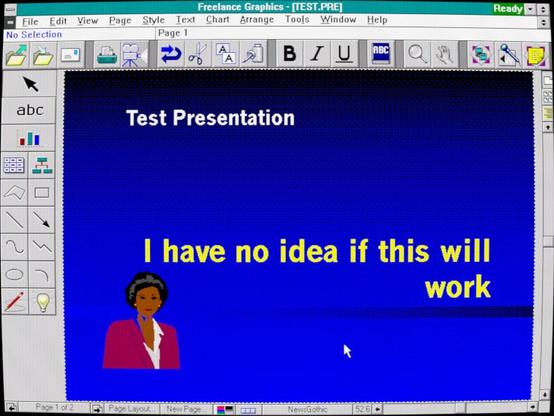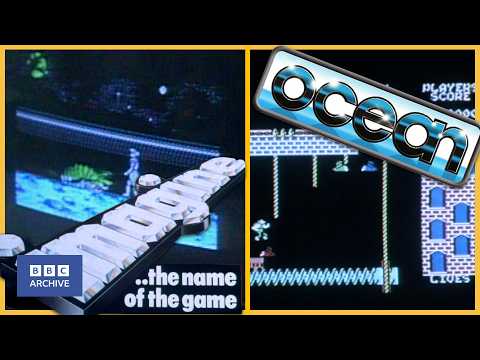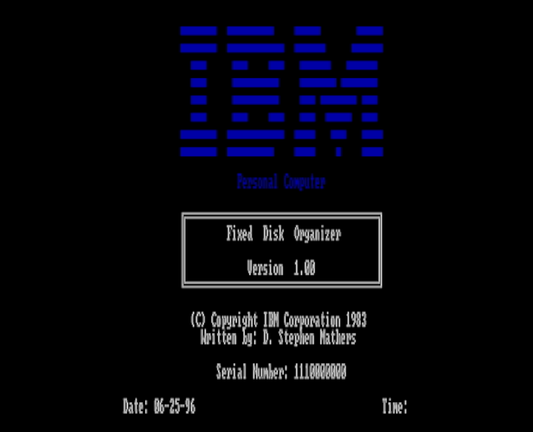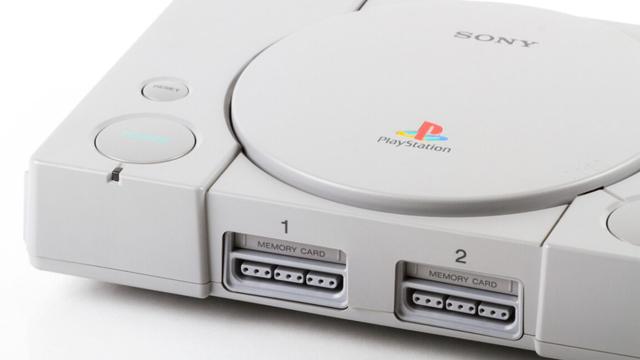IBM PC Model 5150 Retrospective and Unboxing
On August 12, 1981, IBM entered the Personal Computer (PC) market with the launch of the IBM PC Model 5150. Not to be confused with IBM’s 5100 microcomputer, the PC Model 5150 was powered by the Intel 8088 CPU, and becoming the basis for all of the x86 PC compatible computers that came after it. As and enduring testament to the 5150’s influence on the technology landscape, PCs x86 PCs, powered by Intel and AMD CPUs are direct descendants of IBM’s first PC. My first experience with the IBM PC was in the mid-1980s. Somewhere between 1985 and 1987, my parents bought a PC to help run their small business. In that same time period, I had already been introduced to the Apple IIe in the spring of 1984, gotten my first computer, the Apple II+ clone the V-Tech Laser 3000, and was learning how the guts of my second hand Apple IIe worked. The Apple IIe and the IBM 5150 looked very different on the outside, but both used command line interfaces, 5.25″ floppy disks, and clicky-clacky keyboards. I also remember, but the details are a bit fuzzy, my parents PC being upgraded at least once they had it. I clearly remember a RAM expansion card being installed and learning how to install the business specific software on a hard drive. This is where things get fuzzy, I don’t recall if they upgraded the parts inside or upgraded to the similarly styled IBM Model 5160. Regardless, the important thing was that the password to install the insurance illustration software was “apple” and I’m taking full credit for having guessed “Apple is awesome”. But, I digress, so back to the IBM 5150. Unlike other business computers, IBM changed its approach to build a home machine that could compete with offerings from Apple, Commodore, and Tandy. To keep costs down, and get a product to market sooner, Ron Mion, a Senior Business Trends Advisor, recommended that the 5150 be built with commodity off the shelf parts and license and existing operating system. Rather than designing everything from scratch, IBM chose to purchase existing parts from vendors and make sure that their PC could run Digital Research’s CM/P operating system as well as Microsoft’s MS-DOS. Back in July 1981, Byte Magazine Editor in Chief, Chris Morgan, wrote of the rumored specifications of IBM’s unannounced entrant into the home computing market. “The computer (code-named “Chess”) looks like IBM’s low-cost ASCII terminal[.] The keyboard, designed as a separate module, has received high marks from people who have tested it. The computer uses and Intel 8088 microprocessor (a 16-bit processor with an 8-bit data bus)[.] There are five slots on the motherboard – à la Apple II – to accommodate additional interface, memory, and peripheral boards.” The more things change, the more they stay the same, and that includes computer rumors too. Phil Lemmons was handed the first impressions assignment for Byte Magazine for the October 1981 issue. The base configuration of the Model 5150 came with the PC chassis, which held inside the Intel 8088 CPU, 16KB of user RAM, a 40KB ROM loaded with the Microsoft BASIC programming language, a speaker, a power on self-test, a combination video card and printer controller card, and empty space for up to two full height 160kb floppy drives that could be added later. The base configuration started at $1,565. The $3,005 option, the one most people would want to get, upgraded the RAM to 64kb and added a single floppy drive. If you wanted to go large, adding the second 160kb full height floppy drive, a color graphics adapter (CGA) and an IBM-badged Epson MX-80 dot matrix printer raised the price tag to $4,500. The 11.5″ IBM monochrome monitor was an extra $345. You always remember your first love, and for me, that is the Apple IIe. The IBM Model 5150 PC was interesting to me, and the keyboard felt great to type on, but I was consumed with learning as much as I could about the Apple’s computers. Several years later, when I got to high school, I needed to learn house to use a Radio Shack Tandy 1000XT computer. It ran MS-DOS 3.3. By that time, I was using the Apple IIgs, with it’s graphical interface running on GS/OS, but I also learned how to use the ProDOS operating system. This gave me the foundation to learn MS-DOS 3.3 and how PCs worked in general. By the early 1990s, when MS-DOS 6 and Windows for Workgroups 3.11 came around, getting the hang of PCs wasn’t all that different. Still, the look, the feel, and the sounds of my parent’s first PC never really left me. And so, when I saw one come up for sale on eBay, I bought one to add to my growing collection of vintage machines. So that brings us to today. I wanted to take on some new projects that would force me to learn how to solder and restore vintage computers like the Model 5150 and get it back into working order. Other hobbyist and tinkers are still developing new hardware and software that makes it possible to upgrade and extend the capabilities of that the 5150’s designers have ever imagined. And that is what keeps this hobby fun and interesting.
